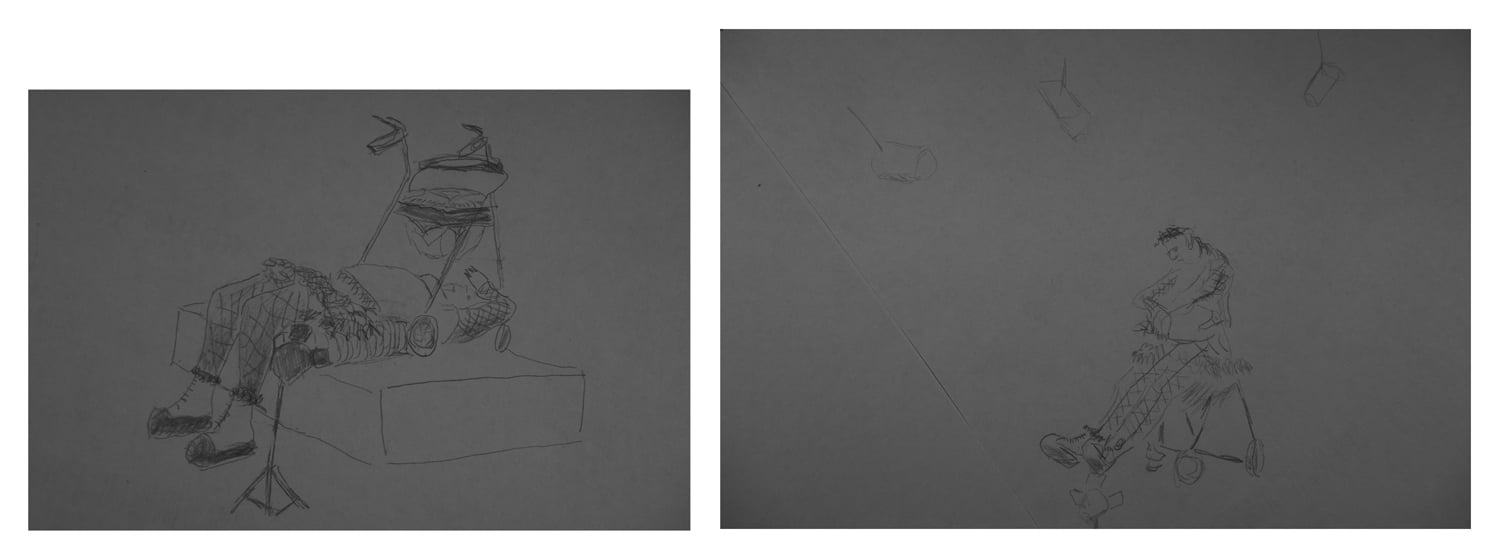Light rays thru a small aperture can be close to perpendicular when they hit the imaging plane. So you can move the imagine plane forwards and backwards a bit, and the circle of confusion stays about the same size. That's a deep depth of field.
Light rays thru a wide aperture hit the imaging plane at a shallow angle. So if you move the imaging plane even a little bit the circle of confusion changes size dramatically.
https://en.wikipedia.org/wiki/File:Depth_of_field_illustration.svg




 Scanned with a modified N650U
Scanned with a modified N650U
@Leavingoldhabits Hi again, I've started playing with an Arduino and a light sensor. At the moment all it can do is read the LED light source from the flatbed scanner during the calibration sequence, and record the results.
The N650U has three stages of calibration:
The next step will be to introduce some kind of timestamp for each moment of the recording. Then the hard bit will be to shine a light source onto the sensor so simulate a proper calibration.
I haven't recorded the calibration on the LiDe 110 yet, but I will. I didn't realize it when I modified it, but the book says it will scan at 2400x4800dpi which works out to over 550mp for an A4 scan, which dwarfs the 20mp of my mirrorless, lol.